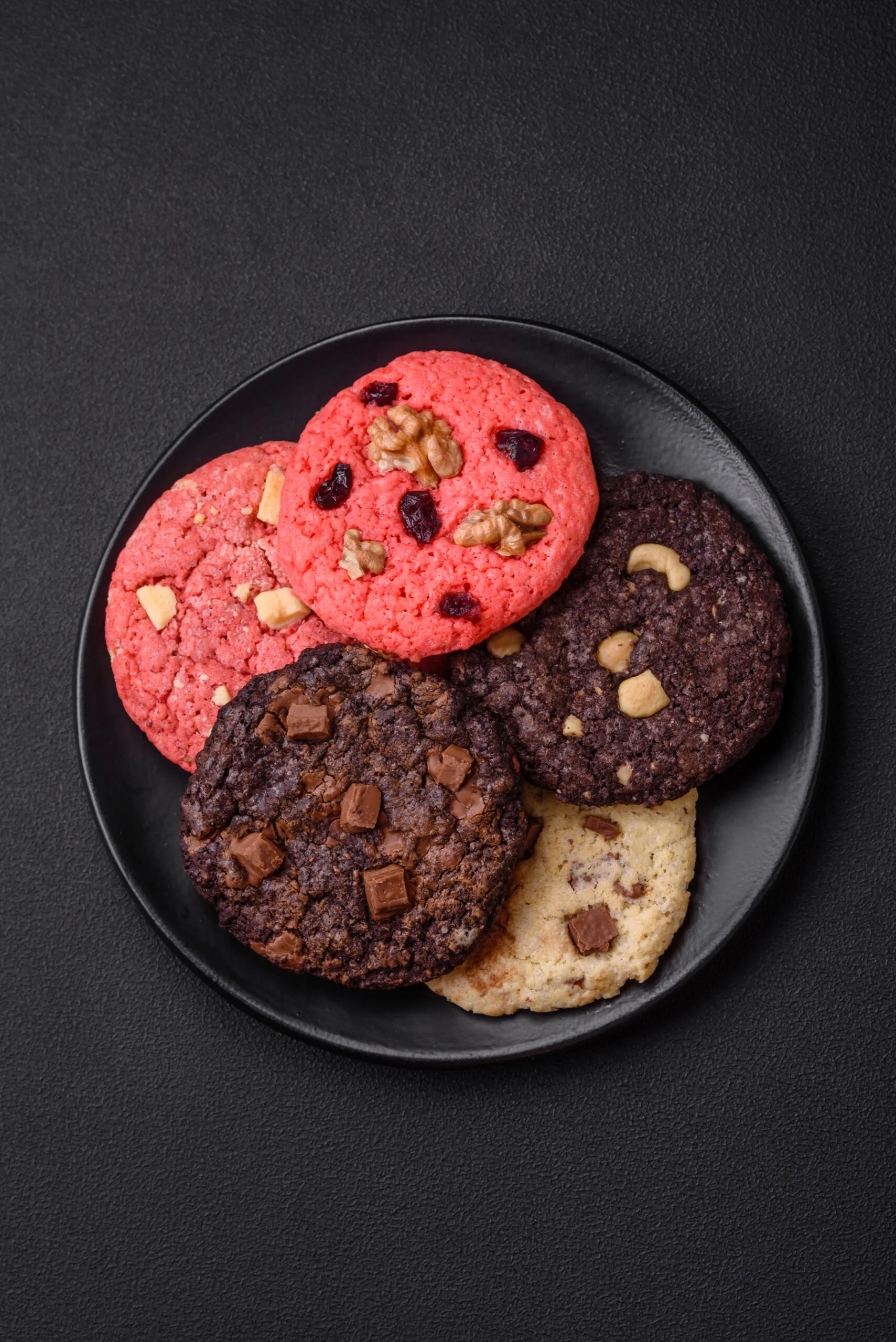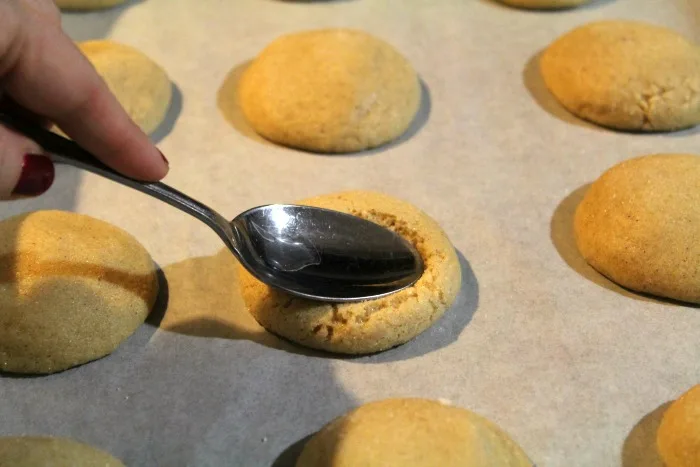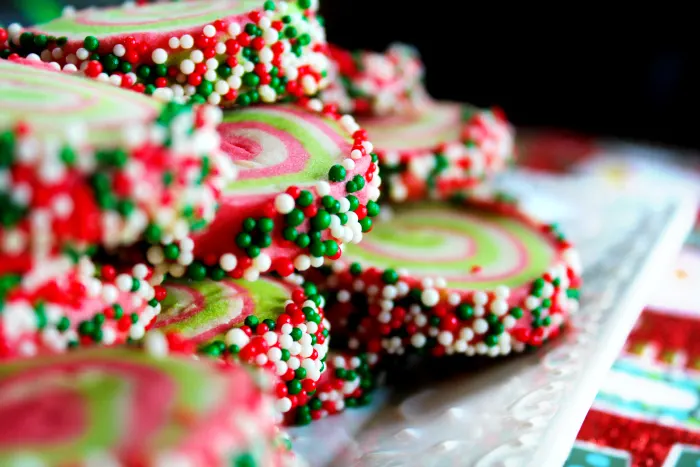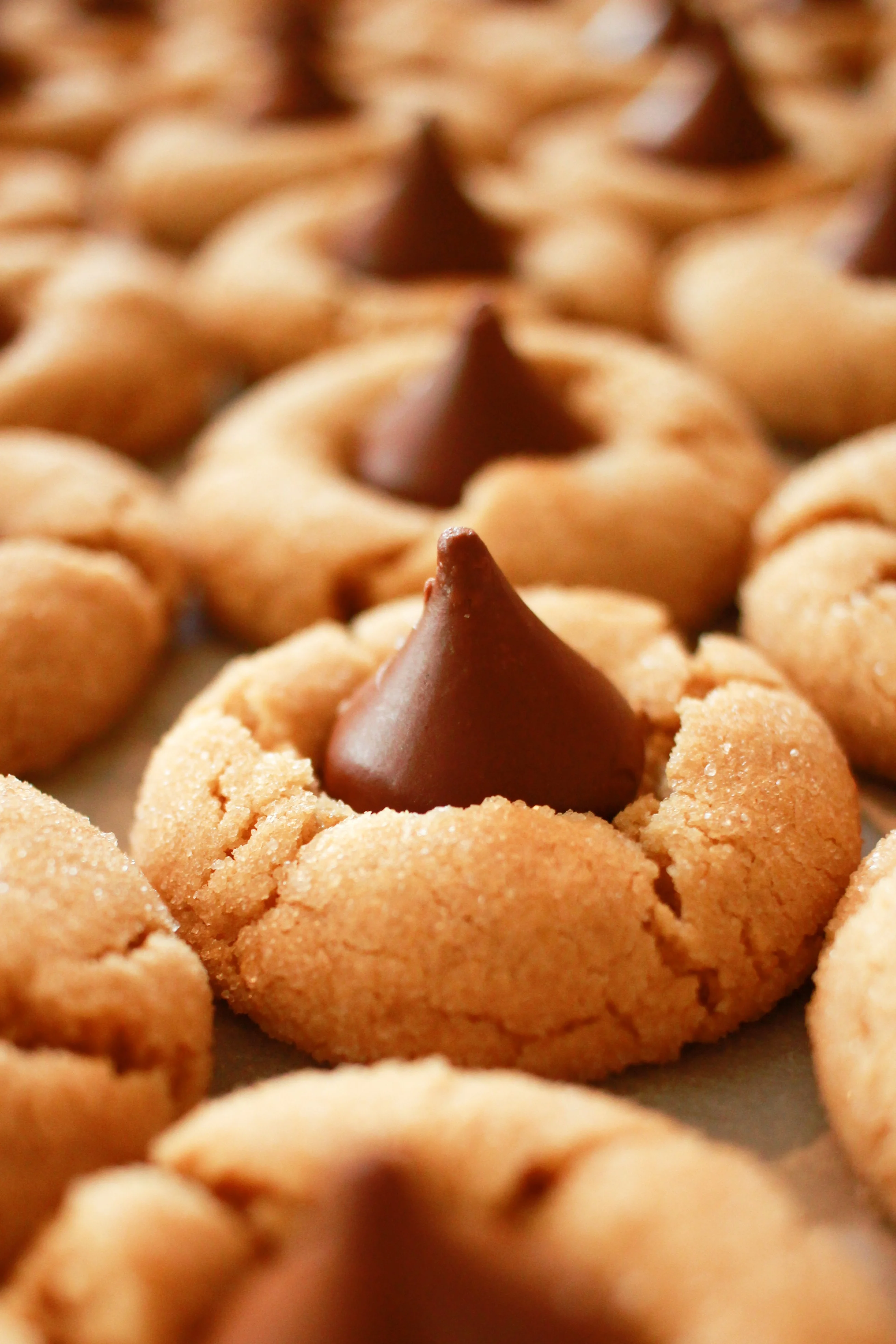I've spent years perfecting the art of baking cookies. It's not just about following the recipe, but knowing when they're baked to perfection. That's where the real magic lies.
You might think it's all about the timing, but there's more to it. It's a blend of visual cues, tantalizing aromas, and yes, a bit of patience. I'm here to share my top tips on how to determine when your cookies are perfectly done.

So, get ready to impress your friends and family with your baking prowess. Let's dive into the world of perfect cookies, and I promise, you'll never end up with a batch of burnt or undercooked cookies again.
The Importance of Baking Cookies to Perfection
Baking cookies to just the right level of perfection isn't only about achieving a pleasant aroma or a desirable look. It's about hitting the right balance of texture and taste. A perfectly baked cookie is a delight to the senses. It captivates your taste buds and truly showcases your baking skills.
In my experience, accurately determining when cookies are perfectly baked sets apart an amateur baker from a pro. As a veteran cookie baker, I can attest that mastering this craft can take your baking game to the next level.
- Taste: You might've noticed that the taste of an undercooked cookie differs greatly from that of a perfectly baked one. With the right baking time, cookies can reach their full flavor potential.
- Texture: An overcooked cookie becomes hard and unpalatable, while one that's undercooked is doughy and lacks character. The ideal cookie should be crisp on the outside while soft and tender on the inside.
- Visual Appeal: We eat with our eyes first, and a visually appealing cookie is sure to whet your appetite. Achieving a golden-brown color signals the ideal baking time.
As bakers, we're not merely following a recipe. Each baking session becomes an opportunity to test and refine our skills. Observing, adapting, and learning are pivotal in creating the perfect cookies.

Visual Cues to Look for When Baking Cookies
To bake cookies like a pro, one of the most crucial aspects I've learned is to understand the visual indicators of perfection. Let's face it, the oven isn't a black box. You can't just set a timer and expect everything to come out perfectly. It's all about watching, learning, and, yes, a bit of trial and error.
Browning is your friend when it comes to baking cookies. The best cookies typically have a golden-brown hue – not too dark, yet not too light. This color change signals a Maillard Reaction, critical for flavor development in baked goods.
Keep in mind that different cookie types have different browning rates. For instance, sugar cookies might take a little longer to show that perfect golden brown color compared to chocolate chip cookies. This difference is largely due to their varied ingredients and dough consistency.

Also, keep an eye on those edges! When you notice the edges of your cookies turning slightly darker, it usually signifies they're close to being done. It's a particularly useful tip when baking softer cookies like sugar or peanut butter cookies.
Cookies can also puff up during baking, this is normal. But when you see them beginning to flatten, it's often a sign that they're nearing perfection. Go ahead and check your cookies at this point, but remember not to leave the oven door open for too long.
Our timing may vary due to oven differences so don't rely on it solely. Your sight is your most reliable tool here. Observe and respond to the color changes, edge firmness, and movement in your cookies. Be in the moment, watch your cookies as they bake, and adapt to create the perfect batch!

Remember, achieving the perfect cookie requires patience, keen observation, and a willingness to constantly learn. Don't shy away from getting it a little wrong sometimes, each batch brings a new chance for cookie perfection. So, let's embrace the process, shall we?
How Aromas Can Indicate the Perfectly Baked Cookies
While the visual cues are undeniable signs, the aroma of a baking cookie is another reliable sensor that bakers should concentrate on. It's not just about the irresistible sweet smell that fills the room. This captivating aroma can also be an accurate indicator of how your cookies are laughing and telling each other stories in your oven.
When baking, multiple chemical reactions take place, and many ingredients start expressing themselves differently. The Maillard reaction, as we've previously discussed, not only contributes to the cookie's color, it also adds to the aroma complexity. The distinct nutty, toasty scent you get when your cookies are nearing completion is courtesy of this specific reaction.

As the butter melts and evaporates, it also releases a buttery, creamy smell that's a clear signal of ongoing baking progress. The sugar caramelizes, creating a dark, rich scent that's especially prominent in cookies featuring ingredients like brown sugar or caramel. Remember:
- The nutty, toasty smell signifies the Maillard reaction
- The buttery, creamy smell denotes the ongoing baking process
- The dark, rich, sweet scent is the result of sugar caramelization
On the other hand, if you start to pick up a burnt or overly toasted smell, this could be a warning flag that your cookies may be overdone. Therefore, a keen sense of smell is just as important in baking the perfect cookie as a sharp eye.
Tools and Techniques for Testing Cookie Doneness
So, you've been told about the importance of visual cues and aromas in figuring out when the cookies are done. But truth be told, there are also some practical tools and techniques that'll aid you in your quest for the perfectly baked cookie.
One such tool is the good ol' toothpick test. It's simple: just insert a toothpick into the cookie's center. If it comes out clean, your cookies are done! Easy, right?
However, be mindful that this method might not always be foolproof, especially when dealing with chunky mix-ins like nuts or chocolate chips. They could potentially skew the results.
That's where a properly calibrated oven thermometer steps in. Most household ovens are notoriously unreliable when it comes to temperature accuracy. A standalone oven thermometer will ensure that your oven is at the correct temperature, increasing the chances of baking success.
Finally, don't underestimate the power of touch. As cookies bake, they undergo changes in their texture. They'll start out soft and doughy, but will gradually firm up. By lightly pressing the top of the cookie with your finger, you can gauge its doneness. If it springs back, it's done. If it stays indented, it still requires a bit of baking.
Remember, practice makes perfect. So, don't be disheartened if your first few batches don't turn out as expected.
In the next section, we'll dive into some common cookie baking mistakes. Plus we'll talk about how to fix them! Because hey, everyone loves salvaging a batch of cookies that’s nearing disaster, right?
The Role of Patience in Baking Perfect Cookies
Much like with any other culinary mastery, in baking, patience plays a vital part. It's not just about the time taken to mix the ingredients or the waiting period for the dough to chill. Patience, in the context of baking cookies, extends to the baking process itself and the understanding that the cookies need time to reach their full potential. Rushing through this process can lead to disastrous results.
Let's understand this phenomenon with some fundamental baking facts. When cookies are baked at too high a temperature or for an extended period, they tend to become hard, losing their delightful chewiness. The Maillard Reaction, giving cookies their signature golden-brown hue, requires a specific temperature range and time to occur.
Moreover, the change in aroma, indicating the different stages of baking, happens gradually. The nutty, toasty scent of the Maillard reaction or the buttery, creamy smell of the ongoing baking process doesn't appear instantaneously. By exercising patience and remaining attentive to these subtle changes, we can ensure that our cookies are cooked to perfection.
Let’s delve into some additional tools at our disposal. Tools like a toothpick and a properly calibrated oven thermometer can be your best friends in the kitchen as a home baker. However, they are instruments to guide you, not dictate the baking process. Let's not forget the unreliability of oven temperatures. Thus, patience while observing the visual cues alongside using these tools would make the difference between amateur and professional baking.
Perfectly baked cookies aren't just about the enticing aroma or the golden-brown color. They're a testament to your baking prowess, delighting all senses. Remember, visual cues like the Maillard Reaction's golden hue and darkening edges are key indicators. Don't forget the nutty, toasty, or buttery scents signaling progress. Tools like a toothpick and a calibrated oven thermometer can be your best allies. But it's not just about tools and techniques. It's about patience, observation, and adaptability.
Rushing won't get you those perfect cookies. So, take your time, observe, and adjust. That's how you'll achieve that professional baking result, setting yourself apart from an amateur baker. After all, baking the perfect cookie is an art, and you're the artist. Embrace the process, and you'll master the art of baking cookies to perfection.